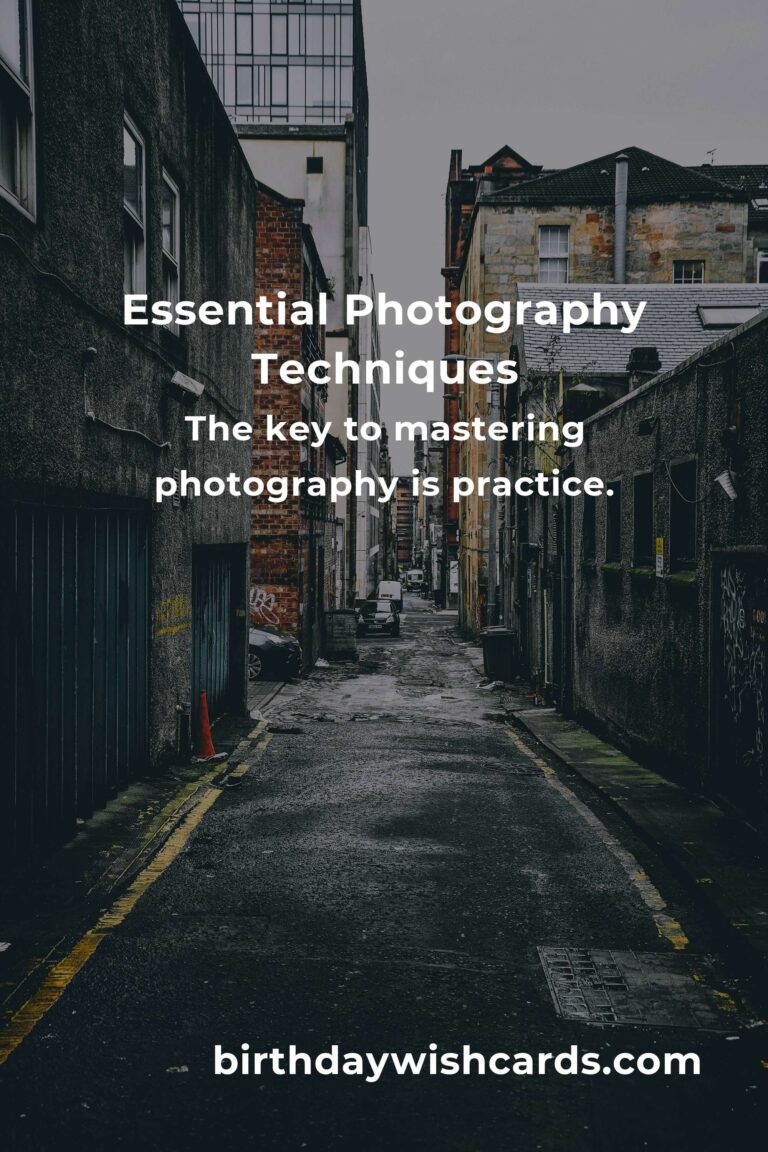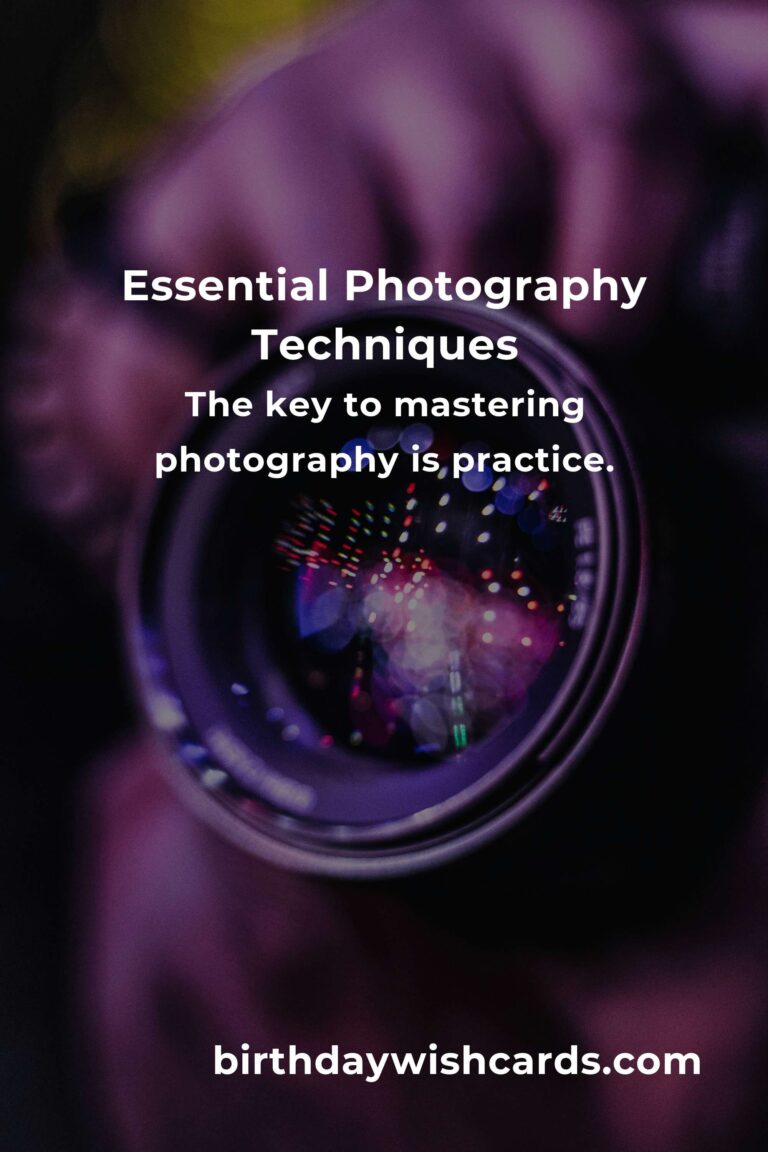
Photography is an art form that captures moments and preserves memories. Whether you’re a budding photographer or someone looking to enhance your skills, understanding the fundamentals of photography is crucial. This comprehensive guide will walk you through the essential elements of photography, helping you to master them quickly and effectively.
Understanding Exposure
Exposure is the foundation of photography. It refers to the amount of light that reaches the camera sensor. There are three main components that determine exposure: aperture, shutter speed, and ISO.
Aperture controls the amount of light entering the lens. It is measured in f-stops, with a lower f-stop indicating a larger aperture and more light. A larger aperture also creates a shallow depth of field, which is ideal for portraits.
Shutter Speed determines how long the camera shutter remains open. Faster shutter speeds freeze motion, while slower speeds can create motion blur effects.
ISO is the sensitivity of your camera’s sensor to light. A higher ISO allows for shooting in darker environments but can introduce noise into the image.
The Rule of Thirds
The rule of thirds is a composition principle that enhances visual interest. Imagine your image divided into nine equal sections by two horizontal and two vertical lines. The key elements of your photo should be placed along these lines or at their intersections. This technique creates a balanced image that is more engaging to the viewer.
Lighting Essentials
Lighting can make or break a photograph. Natural light is often the best choice, but understanding how to manipulate artificial light is equally important. Experiment with different lighting angles and sources to see how they affect the mood and tone of your photos.
Mastering Focus
Focus determines the clarity of your subject. Auto-focus is convenient, but manual focus allows for more precision, especially in challenging lighting conditions or detailed shots. Practice adjusting the focus manually to enhance your photography skills.
Post-Processing Techniques
Post-processing is where your photos can be transformed from good to great. Editing software like Adobe Lightroom or Photoshop allows you to adjust exposure, color balance, and clarity. However, it’s important to maintain a natural look and avoid over-editing.
Practice Makes Perfect
The key to mastering photography is practice. Take your camera wherever you go and experiment with different techniques and settings. Over time, you’ll develop your unique style and improve your ability to capture stunning images.
By understanding and mastering these quick photography fundamentals, you’ll be well on your way to becoming a skilled photographer. Remember, great photography isn’t just about technical skills; it’s about creativity and passion.
Photography is an art form that captures moments and preserves memories. Exposure is the foundation of photography. The rule of thirds is a composition principle that enhances visual interest. Lighting can make or break a photograph. Focus determines the clarity of your subject. Post-processing is where your photos can be transformed from good to great. The key to mastering photography is practice.
#Photography #PhotographyTips #PhotographyFundamentals #PhotoGuide #CameraSkills













